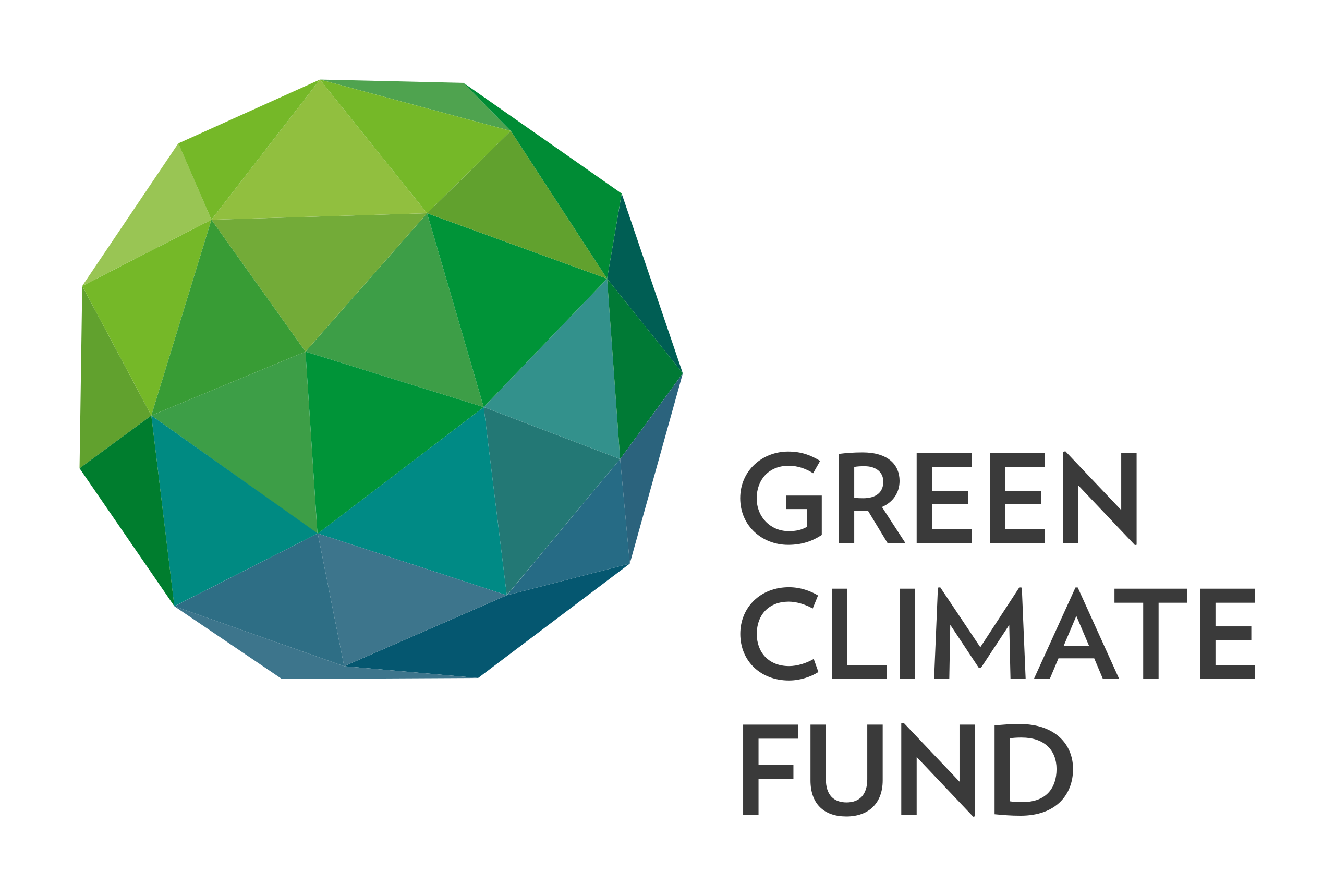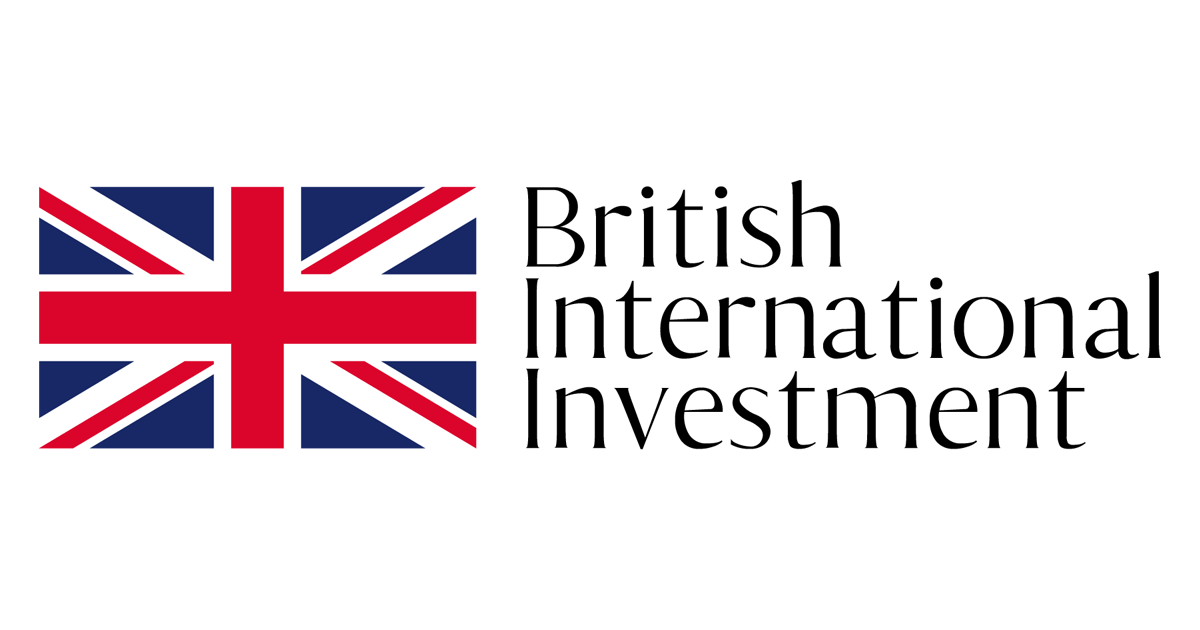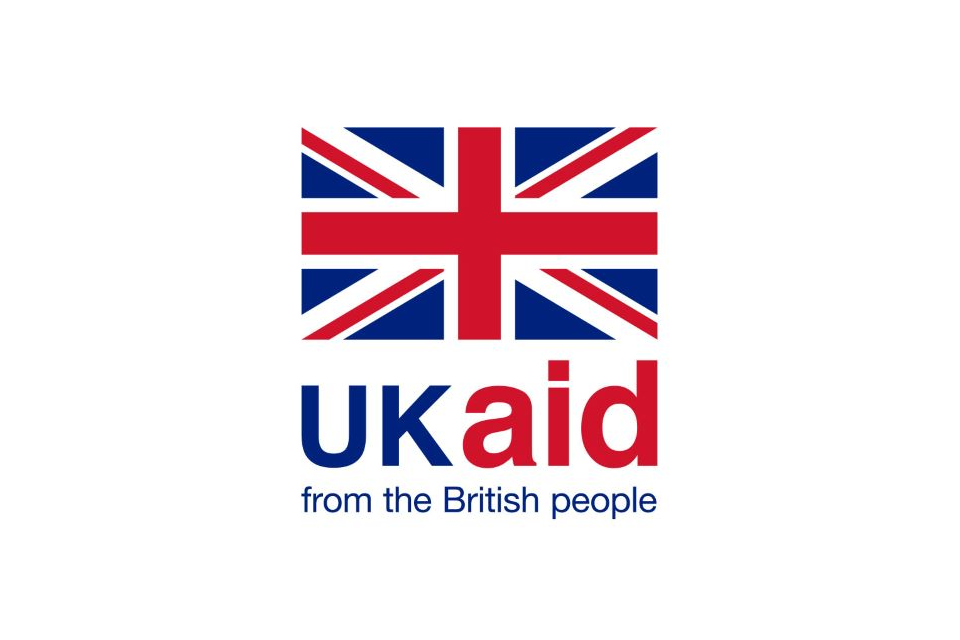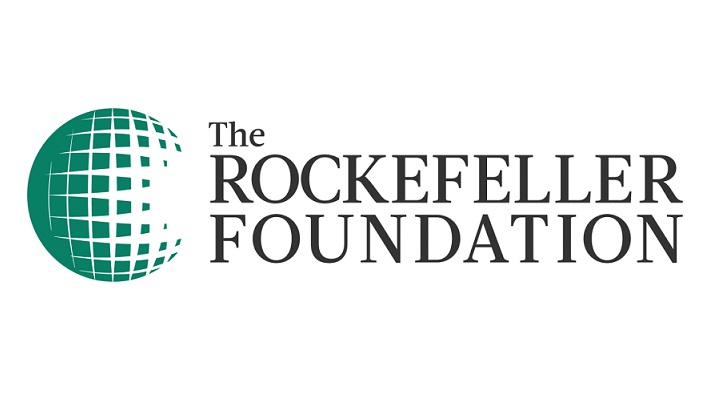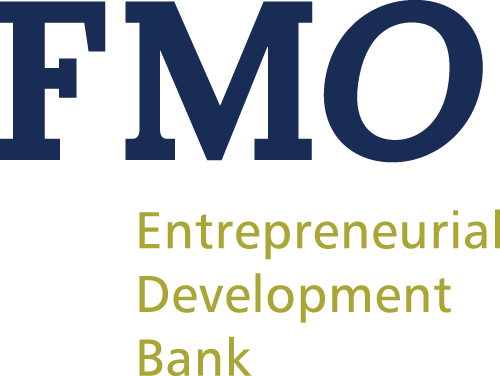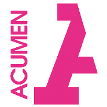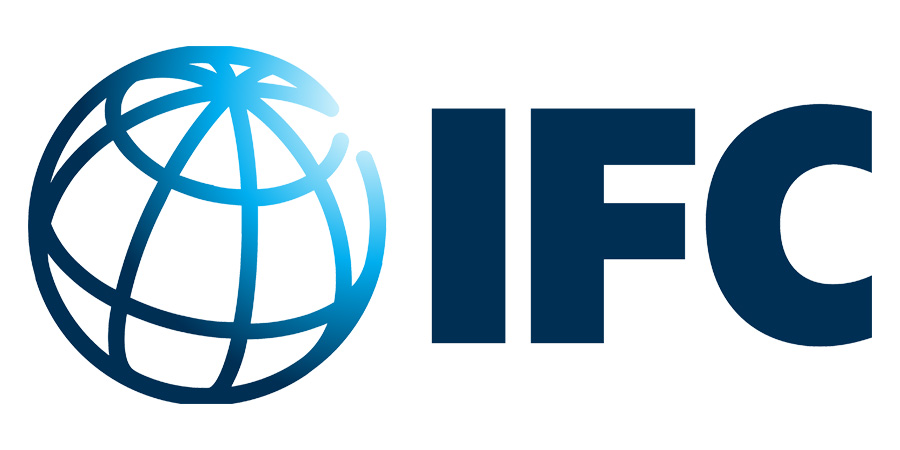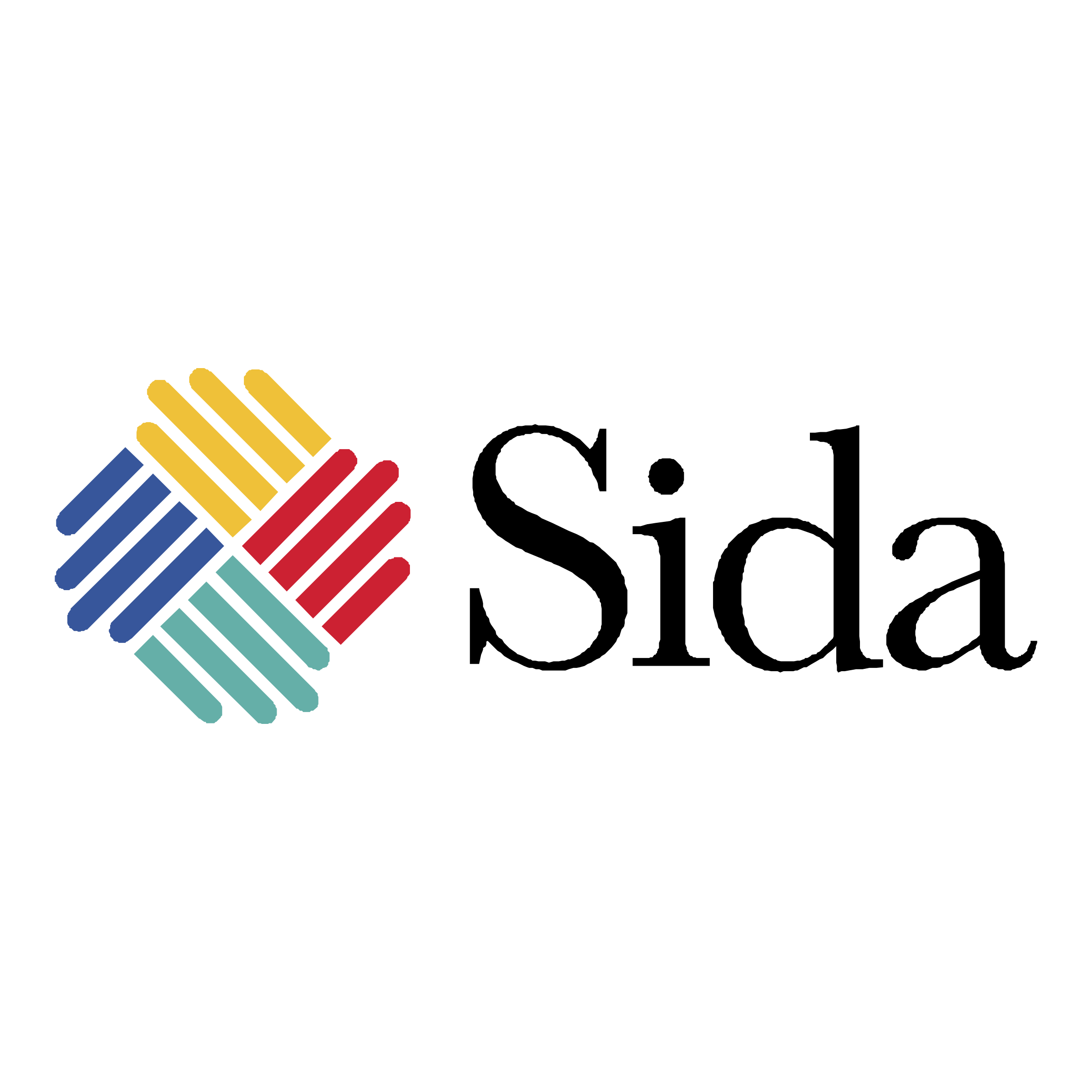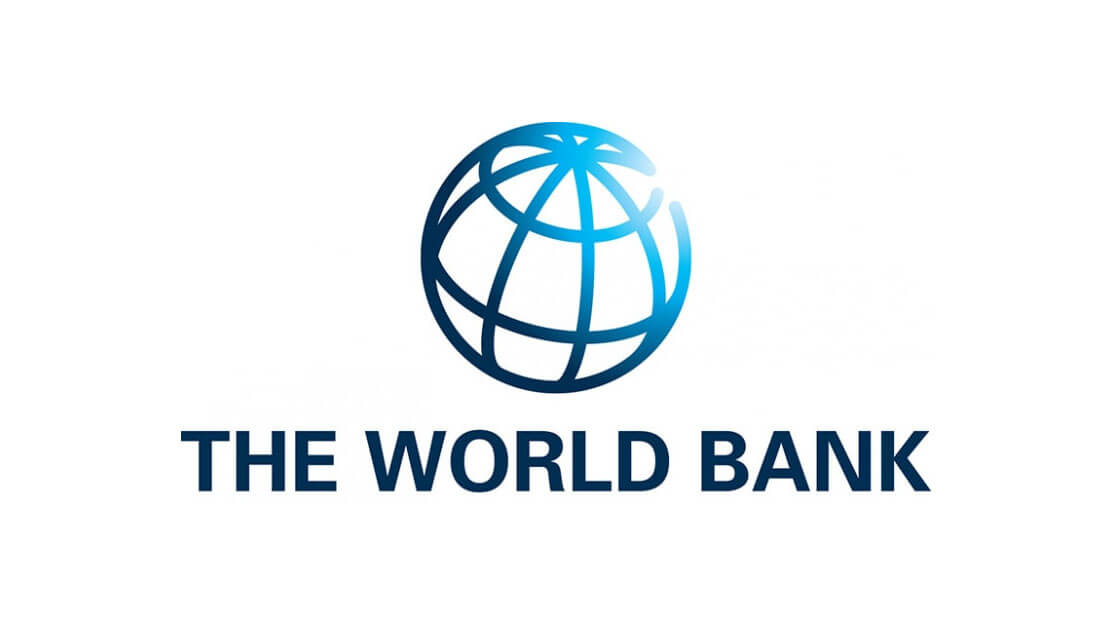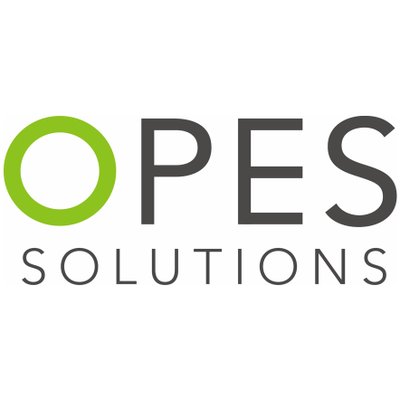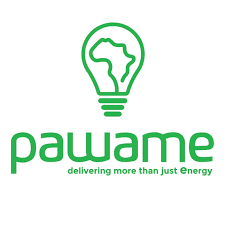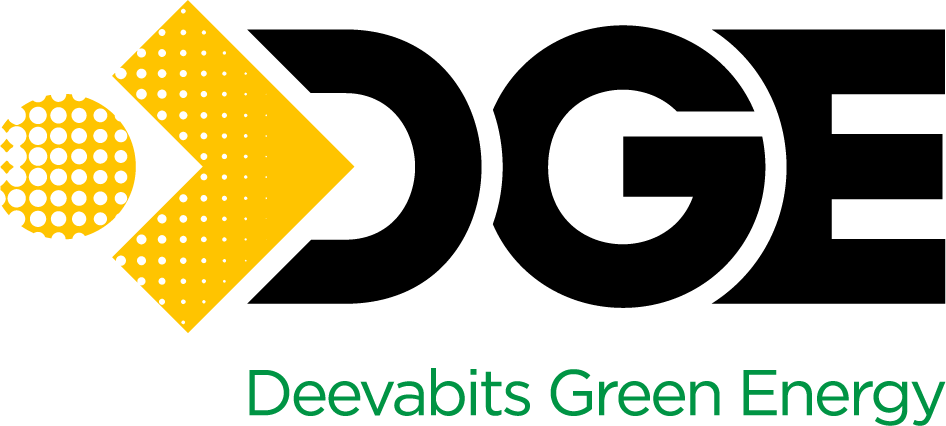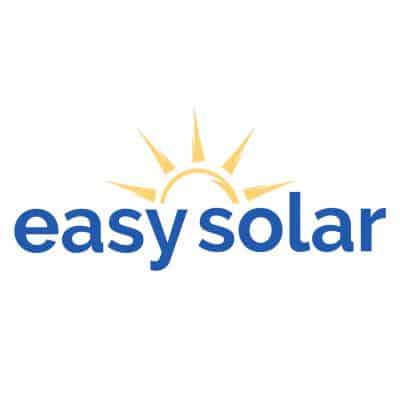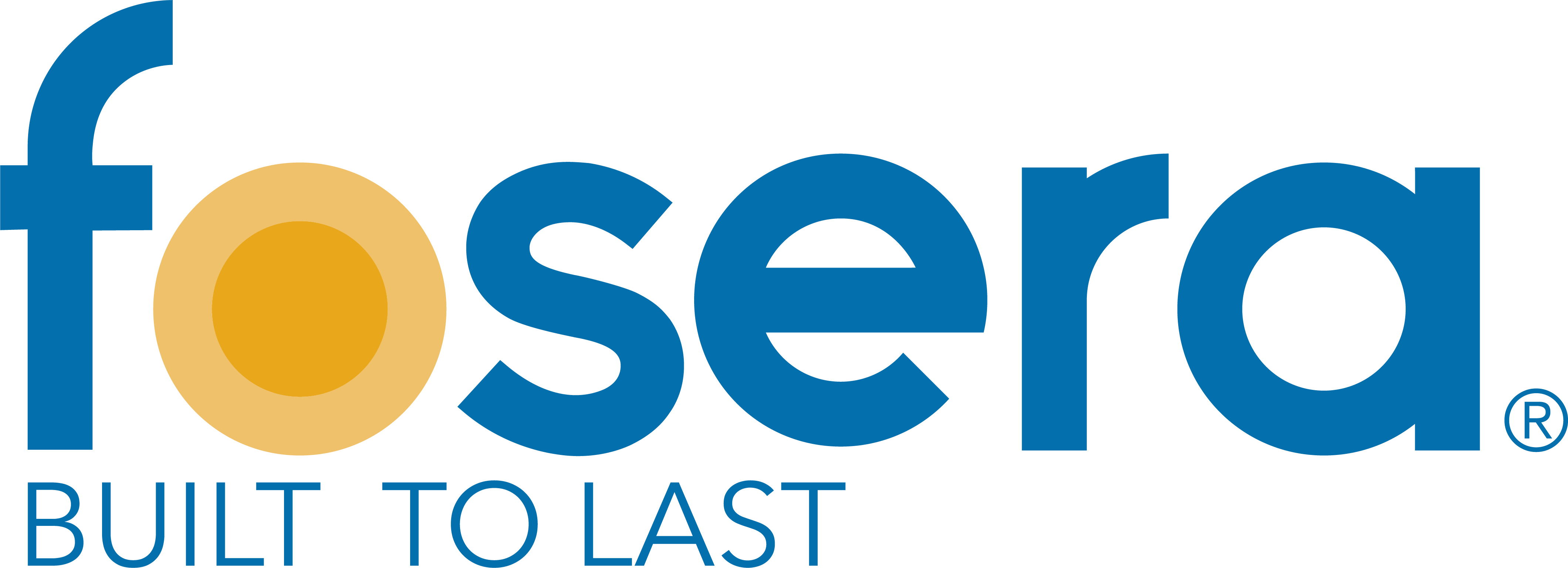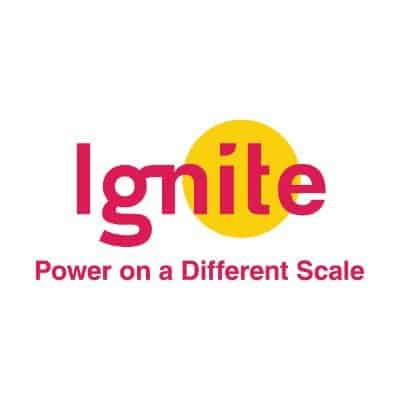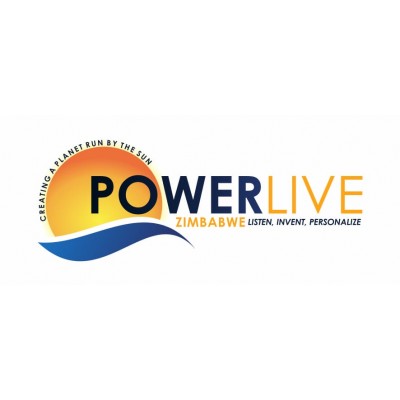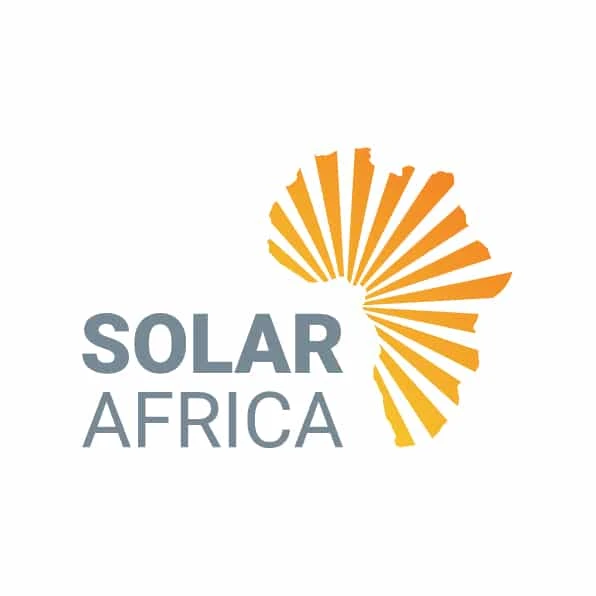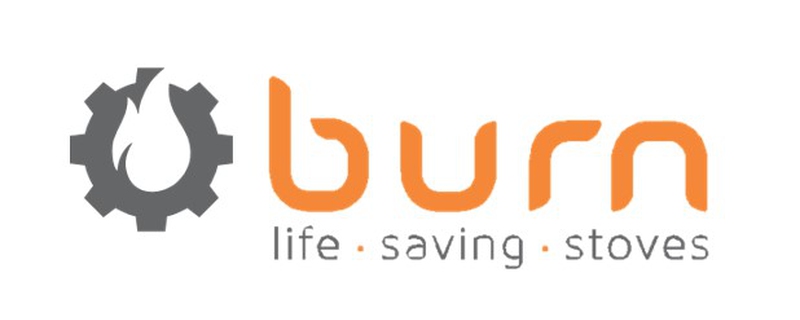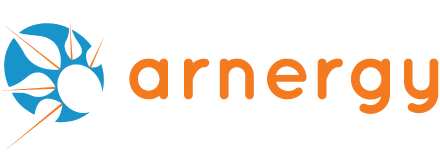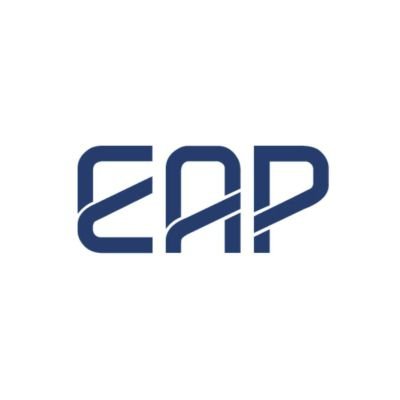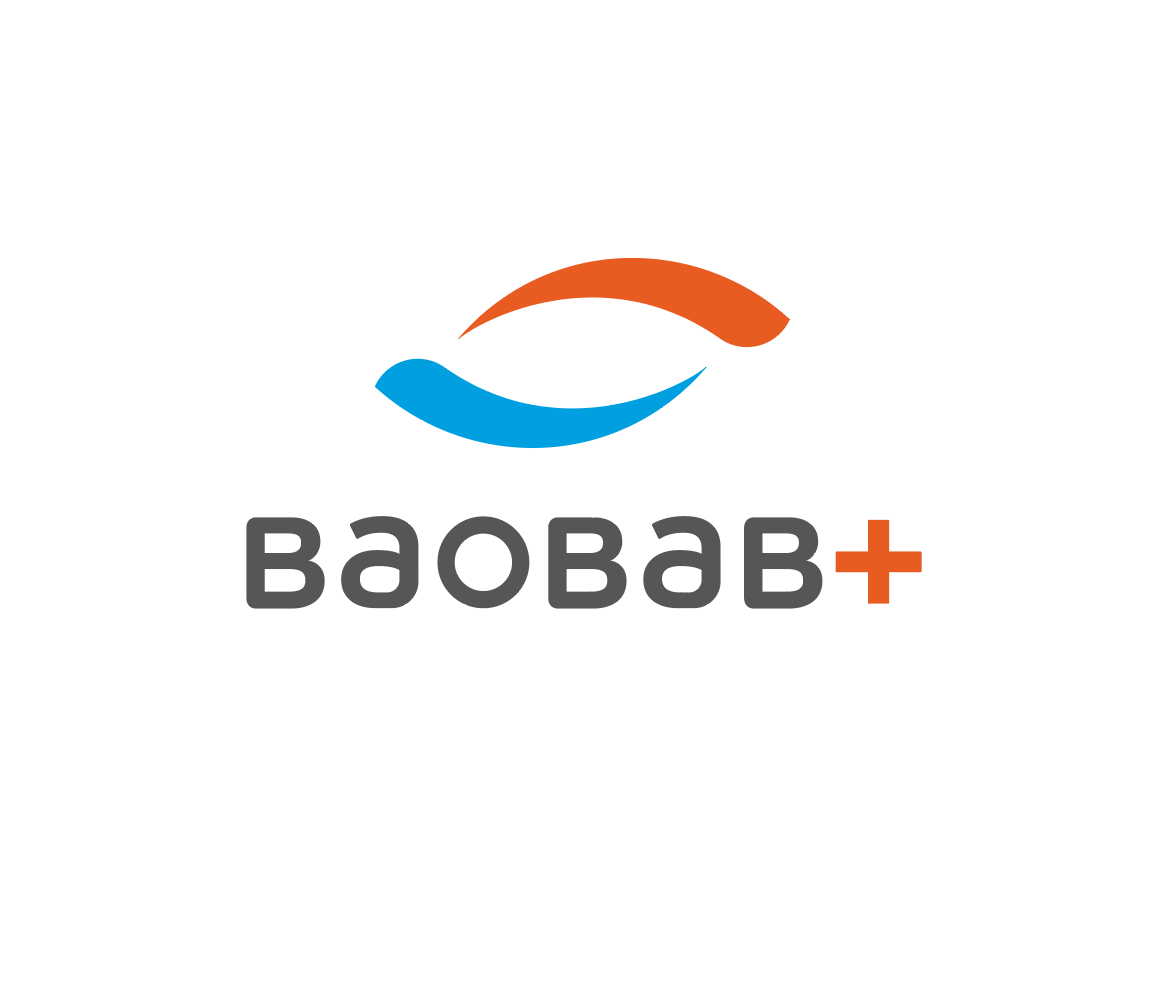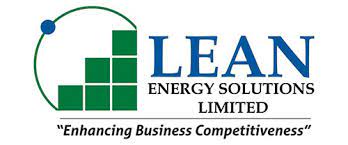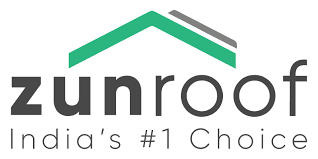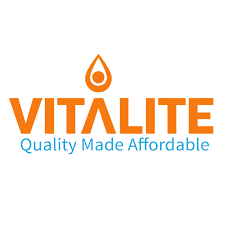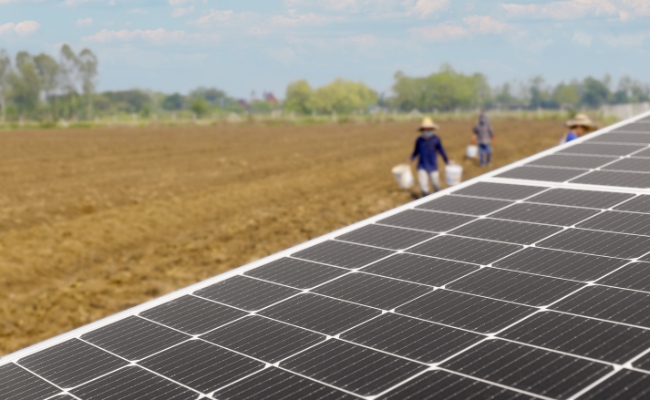
Targeted Assistance to Energy Access Companies Grappling with Pandemic-related Disruptions
$56.3M Total Amount Disbursed
97 Companies Received Funding
3.9M+ Metric Tons of CO2 Emissions Avoided
23K+ People Employed with 34% Women
The Fund
The Energy Access Relief Fund (EARF) is a pioneering initiative that offers subordinated, unsecured, and low-cost subsidized loans to energy access companies facing liquidity challenges due to the impact of COVID-19. With a focus on smaller to mid-sized companies serving bottom-of-the-pyramid consumers, the EARF provides crucial financial support during these challenging times. The fund has allocated around 121 loans, primarily targeting amounts below $1 million, ranging from $50,000 to $2.5 million. Since its official launch in September 2021, the EARF has received over 850 applications from sub-Saharan Africa and Asia Pacific. SIMA has streamlined the underwriting process, ensuring swift disbursal of funds, with the fastest loan disbursed within just 7 weeks from the start of due diligence. The application process involves two phases of evaluation against eligibility and underwriting criteria, allowing for efficient assessment of applicants.
Hear From Our Investees

“EARF funding has been timely, helping us not retrench any employees but stay afloat. Without the funding, we would have closed the business. With the help of EARF, all the women sales agents were able to take care of their families.”

“After three years of very difficult circumstances from COVID and cyclones, EARF funding made it possible for SolarWorks to combat supply chain consequences and show its potential – grew 60% in Mozambique and almost 100% in Malwai, and also showed EBITDA positive results on a group level.”

“EARF funding has been very timely and useful help since the beginning of the pandemic in early 2020.”

“Without this loan, it would have been very difficult for us to keep the company running as our products are sold on a PAYG model so as to make it affordable to the bottom of the pyramid, which is our target market.”

